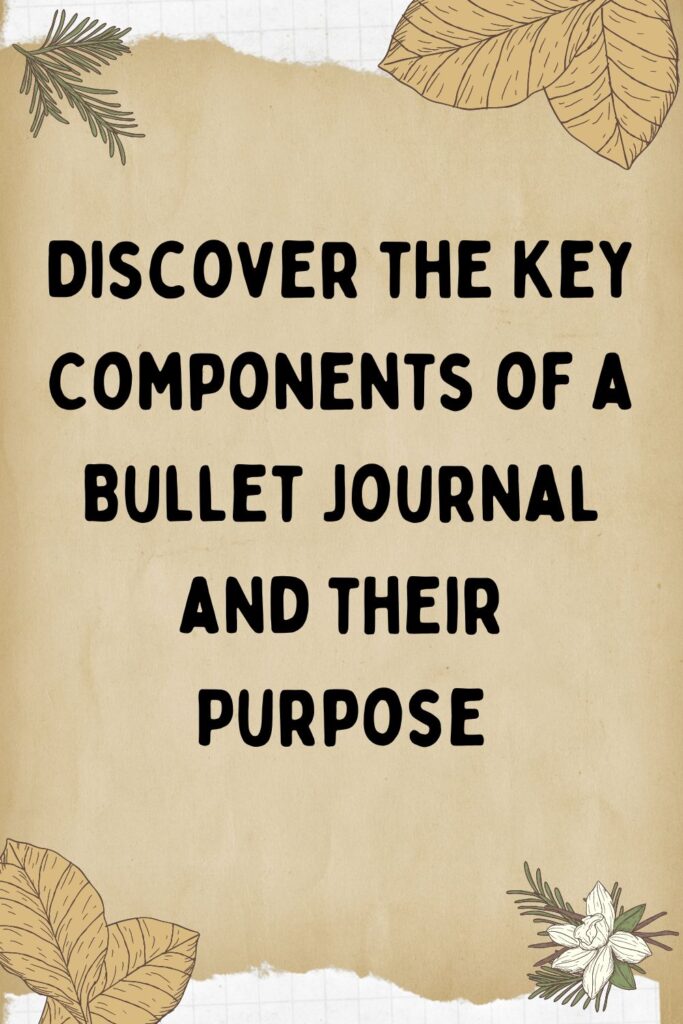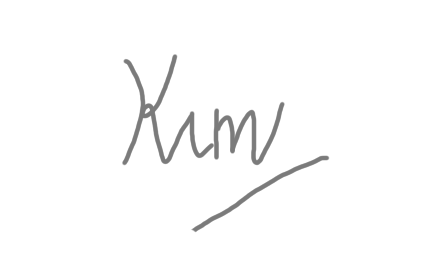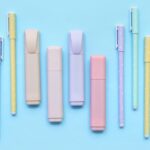If you are just starting to learn about bullet journaling then it’s important to learn the key components of a bullet journal. So let me help you.
[This blog post contains affiliate links, which means I make a small amount from your purchase, but it does not affect your purchase price]
Table of Contents
Table of Contents
Key Components of a Bullet Journal – Intro
There are actually many different elements of a bullet journal and that is one of the real treasures of using a bullet journal. It can be as unique as you.
However, I am here going to share with you two different styles, and the bullet journal components are different for each one of them.
It gives you an overview and then you will be able to decide what camp you lie in and what bullet journal parts you will include as YOUR key components.
So let’s get into the first style:
The Original Bullet Journal Method
About this style
So the original method of bullet journaling was invented by Ryder Carroll.
It is a very structured logging system that enables you to keep organized without a log of work.
READ: Meet the Stars: 5 Famous Bullet Journalers and their Story
Here are the key elements to this style of bullet journal:
1. Index page
This page tells you the contents of a bullet journal.
You write your collection [eg, March monthly logs] and your page number and then you can always find your way to where you want to be in your bullet journal.
2. Key page
This page shows your signifiers. This tells you if a log is a task, an event or a note. You can easily tell what needs to be migrated or what has been completed.
Many find that after a long time they don’t need this page anymore because the symbols are memorized, but it is one of the essential bullet journal components for beginners.
3. Future Log
This is a pretty universally popular page for all bullet journalists. It is a way of preparing for future events, even though you may not have the monthly log page set up yet.
It means you have somewhere to write in your summer holiday info, even though it is still January.

Because the original bullet journal method is a logging system and the pages are created as you need them, it isn’t like a normal yearly planner, where you can go to any month at any time.
4. Collection Pages
Collection pages are the pages that you actually use. Maybe they are note pages, or monthly log pages, or daily log pages.
Some extend their collections to include more unique elements such as reading trackers, or hobby projects. It really can be whatever you personally are into and need in your bullet journal.
Conclusion
Although of course there are a lot more bullet journal components to this system, I wanted to make sure I was doing as the title suggests and sharing key components of a bullet journal.
So let’s now get into another style of bullet journaling.

Creative Bullet Journal Planning
About this style
This is sometimes called art planning, or other names too, but ultimately it is creating a planner with a preferred aesthetic. It looks more like a normal planner. A very popular person in this field of bullet journaling is Amanda Rach Lee.
The bullet journal elements can vary as this style is less structured than the original method, but there are some basics that are very popular, so I include them here as key.
1. Cover pages
Because aesthetics are super important to this style a cover page is a lovely introduction page and gives an opportunity to flex your creative muscles.
Many people have a theme for their yearly pages, and then a theme for each month. It isn’t always the case though, some like a clean minimalistic look to their bullet journal.
2. Future log
Just as with the original method, this future log provides an opportunity to write future events.
I will add that in recent times I have seen people setting up a full year bullet journal before the year starts and therefore it really is like a normal planner and the future log is redundant, so we will see if this is the future way that will become more popular.
3. Calendar
Monthly calendars are an essential to the contents of a bullet journal that is aesthetically designed.
Calendars are just so beautiful, you can create different styles, vertical, horizontal etc. You can add your art around the side, or incorporate it into the design of the calendar itself.
I have to say, I love seeing the calendar pages of bullet journals most of all.

4. Weekly spreads
In these style planners, it often isn’t used for daily logging but rather to see an overview of plans and tasks.
Therefore it is very popular to create artistic weekly spreads. These elements of a bullet journal will be different based on a persons personal circumstances, some fit a week on one page, others will do double pages or more for each week.
Which do you prefer?
So we have highlighted the key components of a bullet journal for both the original method and the popular creative method. Let’s run through them again..
WHAT ARE THE CONTENTS OF A BULLET JOURNAL?
For the original bullet journal method the contents include: an index, key, future log, and collection pages. For the creative art bullet journals the contents include: cover pages, a future log, calendar, and weekly spreads.
I hope that overview helped you decide which is the one you like, which will you go with?
Maybe there is one more thing you could consider – the benefits of a bullet journal.
Please let me know in the comments if you have a preference between these styles.
Thanks so much for being here today.

YOU MIGHT ALSO LIKE…




